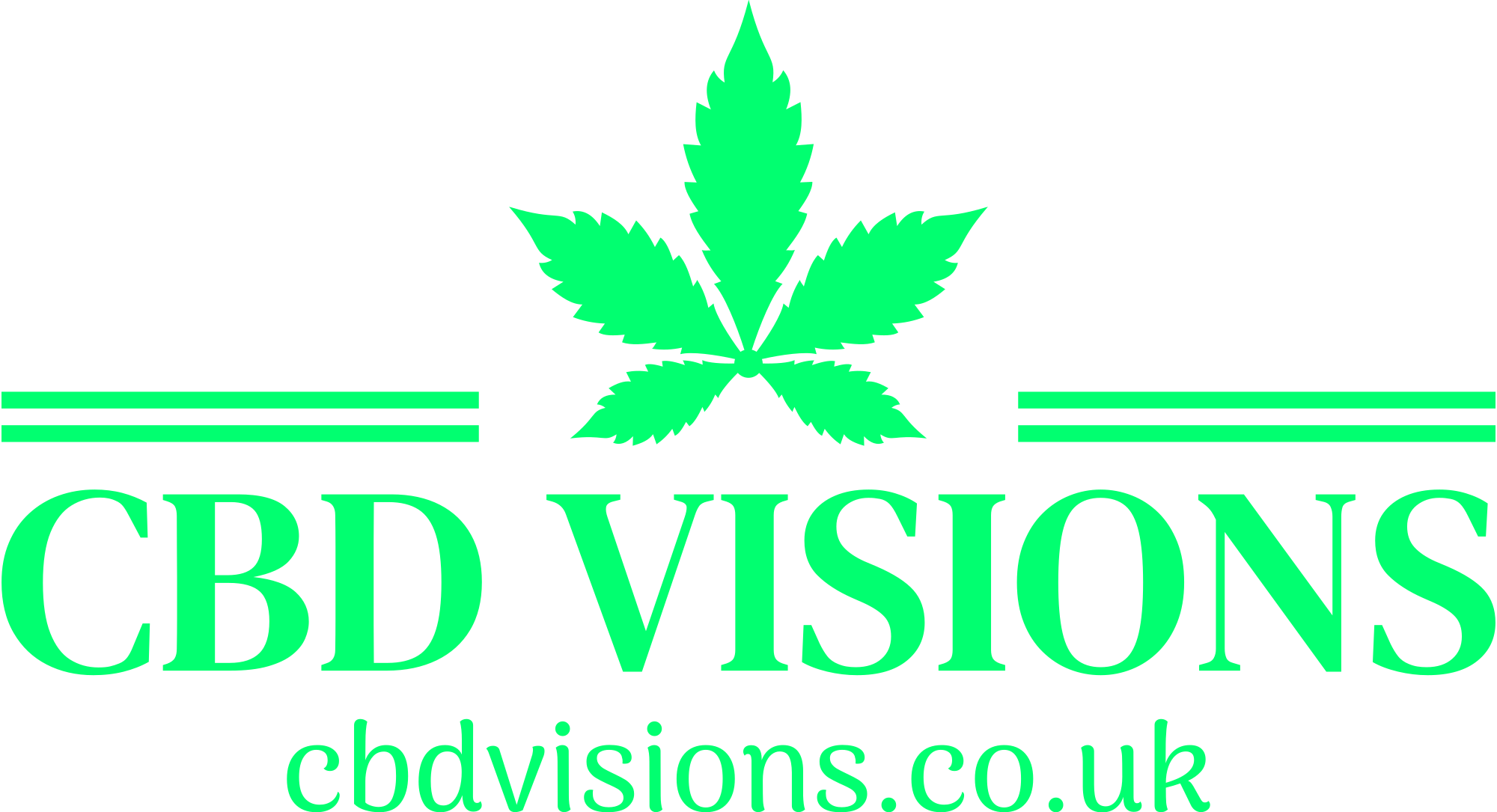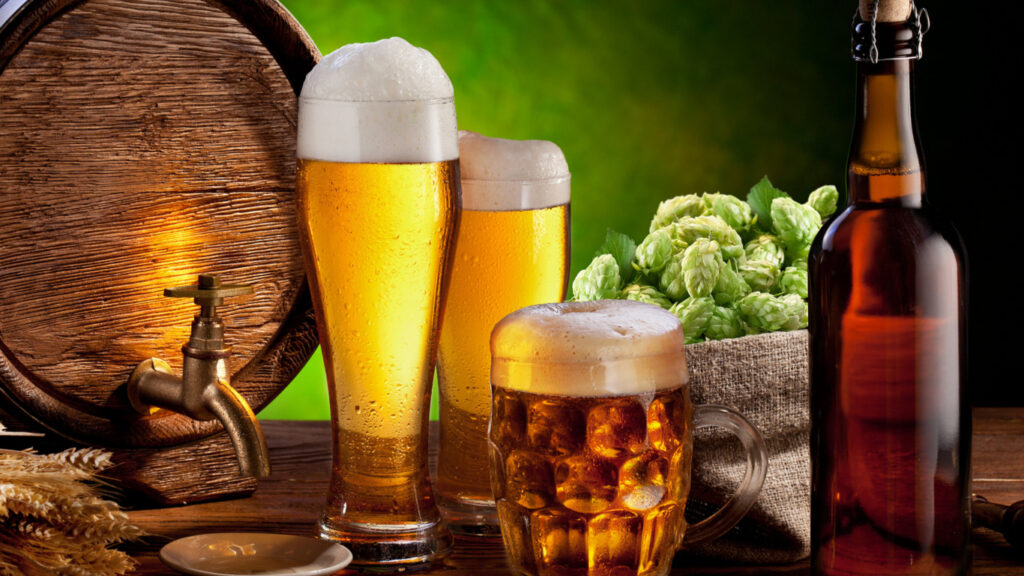Introduction:
The phrase “Beer before liquor, never been sicker; liquor before beer, you’re in the clear” is a well-known adage that many people have heard when it comes to consuming alcohol. It suggests that the order in which you drink different types of alcohol can have a significant impact on how intoxicated and ill you may become. But is there any truth to this popular saying, or is it merely a myth? In this comprehensive guide, we will delve into the science behind the claim and explore whether there is any factual basis for the “beer before liquor” rule.
Understanding Alcohol Metabolism:
Before we delve into the specific order of drinking beer and liquor, it is essential to understand how our bodies metabolize alcohol. When you consume alcohol, your body breaks it down primarily in the liver through the action of enzymes. The main enzyme responsible for alcohol metabolism is called alcohol dehydrogenase (ADH). ADH converts alcohol into acetaldehyde, a toxic substance that is further broken down into acetic acid and eventually eliminated from the body.
Factors Affecting Intoxication:
Several factors influence the rate at which alcohol is metabolized and the degree of intoxication experienced. These factors include body weight, metabolism, tolerance, drinking speed, alcohol content, and the presence of food in the stomach. It is important to note that individual responses to alcohol can vary significantly, and what affects one person may not affect another in the same way.
Beer Before Liquor:
The belief behind the adage “beer before liquor, never been sicker” implies that starting with beer and then switching to liquor leads to increased intoxication and a greater likelihood of experiencing adverse effects. However, there is no scientific evidence to support this claim. The order in which different alcoholic beverages are consumed does not have a direct impact on the severity of hangovers or the overall intoxication experienced. The key factor is the total amount of alcohol consumed, regardless of the beverage type or order.
Alcohol Content and Volume:
One possible explanation for the perceived difference in effects when consuming beer and liquor is the difference in alcohol content and volume. Liquor generally has a higher alcohol content than beer, which means that a smaller volume of liquor can contain the same amount of alcohol as a larger volume of beer. Consequently, if a person consumes liquor after beer, they may be consuming a higher concentration of alcohol in a shorter period, leading to a more rapid increase in blood alcohol concentration (BAC). This rapid increase can result in feeling more intoxicated, but it is not due to the order of consumption.
Dehydration and Mixing Drinks:
Another factor often associated with the belief of “beer before liquor” is dehydration. Beer is known to have a diuretic effect, causing increased urine production and potentially leading to dehydration. When liquor is consumed after beer, the dehydrating effects of both beverages combined can exacerbate the feeling of hangover symptoms the following day. However, this is not exclusive to the order of drinking; rather, it is related to the overall amount of alcohol consumed and individual hydration levels.
Personal Factors and Consumption Rate:
The speed at which alcohol is consumed and personal factors such as body weight, metabolism, and tolerance play a more significant role in intoxication levels than the order of drinking. If a person consumes alcohol rapidly, regardless of the beverage type, it can result in higher BAC levels, leading to increased intoxication and a greater likelihood of experiencing adverse effects.
The Role of Mixing Different Alcohols:
While the order of consumption does not directly affect intoxication levels, mixing different types of alcohol can impact how an individual feels the following day. Combining different types of alcohol can lead to a higher likelihood of experiencing adverse effects due to the presence of congeners. Congeners are byproducts of the fermentation process that give alcoholic beverages their distinct flavors and aromas. Darker liquors such as whiskey, brandy, and red wine tend to have higher congener content compared to clear liquors like vodka and gin. Mixing different types of alcohol can increase the overall congener content in the body, potentially exacerbating hangover symptoms.
Conclusion:
The popular saying “Beer before liquor, never been sicker; liquor before beer, you’re in the clear” appears to be more fiction than fact. The order in which you consume beer and liquor does not directly influence the severity of hangovers or the level of intoxication experienced. Rather, the total amount of alcohol consumed, the alcohol content and volume, individual factors, and drinking speed play more significant roles in determining the effects of alcohol. It is crucial to drink responsibly, pace oneself, and be mindful of individual limits and tolerance levels to avoid adverse consequences associated with excessive alcohol consumption.
- Benefits of Folate (Folic Acid) Supplements - March 30, 2024
- Benefits of Devils Claw Supplements - March 30, 2024
- Benefits of Ginseng Supplements - March 22, 2024

